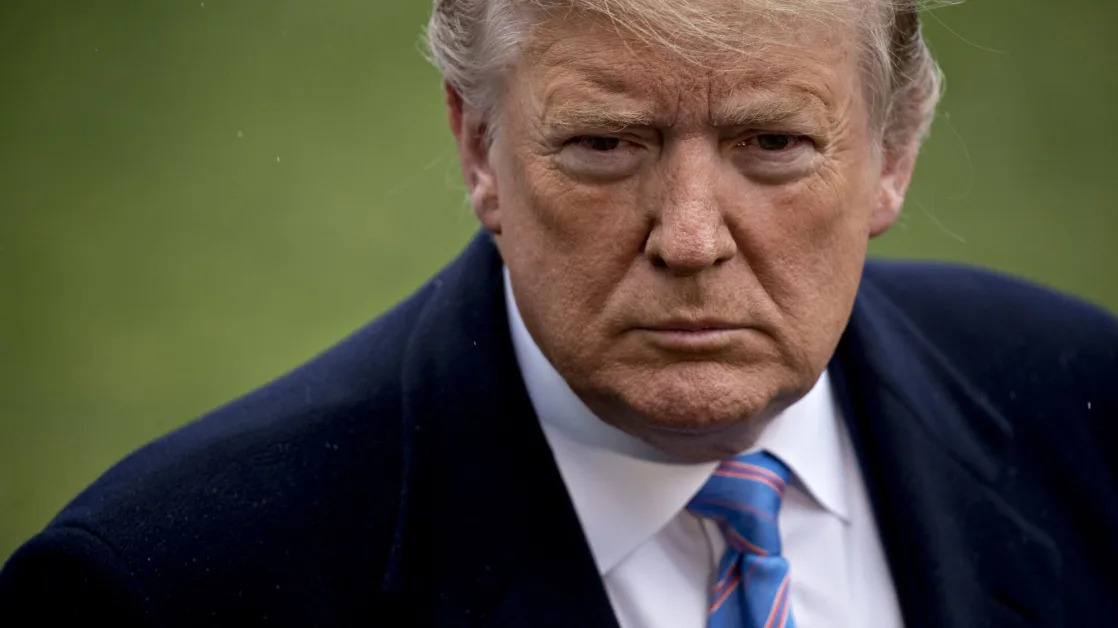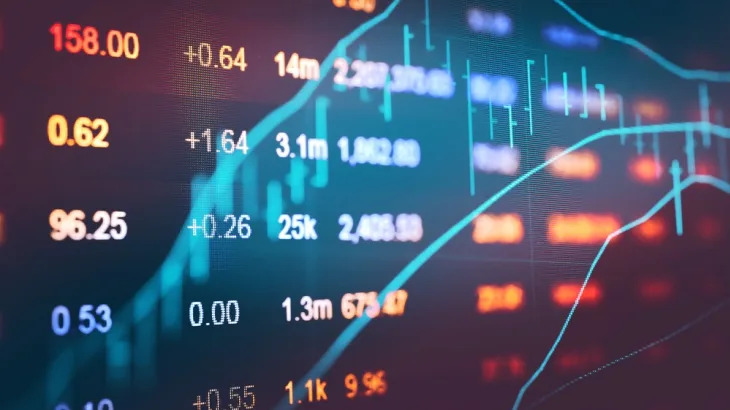Now that Bitcoin (CRYPTO: BTC) has broken through the $100,000 price level, it's understandable why many investors are wondering just how much higher the world's most popular cryptocurrency can go. Bitcoin is now up about 115% for the year and about 500% during the past two years. During the past decade, Bitcoin is up a mind-boggling 28,500%.
At some point, the thinking goes, Bitcoin simply can't go any higher, right? Wrong. In fact, there are three big reasons Bitcoin could go parabolic in 2025.
Spot Bitcoin ETF inflows
The primary catalyst behind Bitcoin's meteoric rally this year has been the launch of the new spot Bitcoin exchange-traded funds (ETFs) in January. Year to date, more than $100 billion has flowed into these ETFs, led by a huge influx of $53.5 billion into the iShares Bitcoin Trust (NASDAQ: IBIT) .
By nearly any measure, these new spot Bitcoin ETFs have been a runaway success. Retail investors have started buying it as an easy, low-cost way to load up on Bitcoin. Risk-averse institutional investors have started buying it as a portfolio diversification tool. Wall Street investment banks and large hedge funds have started buying it as a way to take directional bets on the market.
The good news, if you're a Bitcoin investor, is that all of this steady buying is helping to push Bitcoin higher. The demand for the spot Bitcoin ETFs is helping to soak up any excess selling pressure in the market, which could be why we have not yet had a major correction from the $100,000 price level.

This buying pressure is only going to intensify. Right now, many investment managers are only allocating 1% of their portfolios to Bitcoin. But what if they start to boost that allocation to 2%? And what if pension funds, endowments, and sovereign wealth funds start to invest in Bitcoin? This spot Bitcoin ETF buying trend could persist for years.
The new strategic Bitcoin reserve
Another big catalyst for Bitcoin in 2025 could be the creation of a new strategic Bitcoin reserve. This idea, first floated during Donald Trump's presidential campaign, appears to be gaining momentum. For example, U.S. Senator Cynthia Lummis (R-Wyoming) has already drafted legislation (known as the Bitcoin Act of 2024) that would make the strategic Bitcoin reserve a reality.
Admittedly, many of the details of the strategic Bitcoin reserve need to be worked out. But, as outlined by Lummis, the strategic Bitcoin reserve would commit the U.S. government to buying 200,000 Bitcoins per year, for a total of 1 million Bitcoins during the next five years. At that time, the U.S. would hold about 5% of all Bitcoin in the world.
Other sovereign governments have also floated the idea of creating a similar type of Bitcoin reserve. The best example to date is from Brazil, which has turned into a bustling innovation hub for crypto. Several U.S. states -- including Texas, Florida, and Pennsylvania -- have also said that they would create strategic Bitcoin reserves of their own.
Corporate adoption of Bitcoin as a treasury asset
Finally, there is the growing adoption of Bitcoin as a Treasury asset by corporate America. Just as companies carry cash (and cash equivalents) on their balance sheet, they are now looking at the merits of carrying Bitcoin on their balance sheet. The poster child here is MicroStrategy Inc. (NASDAQ: MSTR) , which has amassed a whopping total of 444,262 Bitcoins (now worth more than $41 billion), making it the largest corporate holder of Bitcoin in the world.
MicroStrategy's stock is up a sizzling 470% for the year, and other corporations are sitting up and taking notice. In fact, a new type of shareholder activism appears to be taking root, in which corporations are being asked to add Bitcoin to their balance sheet in the name of boosting shareholder value.
In December, for example, the shareholders of Microsoft voted on a proposal requesting the tech giant to add Bitcoin to its balance sheet. In April, Amazon shareholders will have a similar opportunity.
Granted, Microsoft shareholders voted "no" on the proposal, and the only companies broadly embracing this strategy appear to be those within the crypto industry, such as Bitcoin mining companies.
But the dam is starting to break. In November, a trio of small biotech companies announced plans to start buying Bitcoin aggressively. If this trend gains momentum throughout 2025, the price of Bitcoin could rocket much higher.
How much higher can Bitcoin go?
At the end of December, Cathie Wood of Ark Invest doubled down on her previous price prediction for Bitcoin, suggesting that it could hit $1 million by 2030. She pointed to the growing scarcity of Bitcoin on a global basis, pointing out that it is now "even more scarce than gold." With so many individuals, institutions, corporations, and governments now buying Bitcoin, it's easy to see how this scarcity effect could propel Bitcoin much higher.
A $1 million price tag for Bitcoin might strike some as outlandish. However, if you do the math, it only implies a compound annual growth rate (CAGR) of 60% over the next five years. Given that Bitcoin has posted triple-digit returns over the past two years, this does not seem to be out of the realm of possibility. Right now, all signals appear to be flashing green for Bitcoin, and I'm bullish on it over both the short- and long-term.
Before you buy stock in iShares Bitcoin Trust, consider this:






